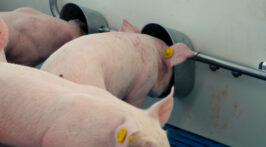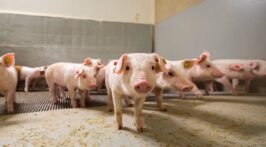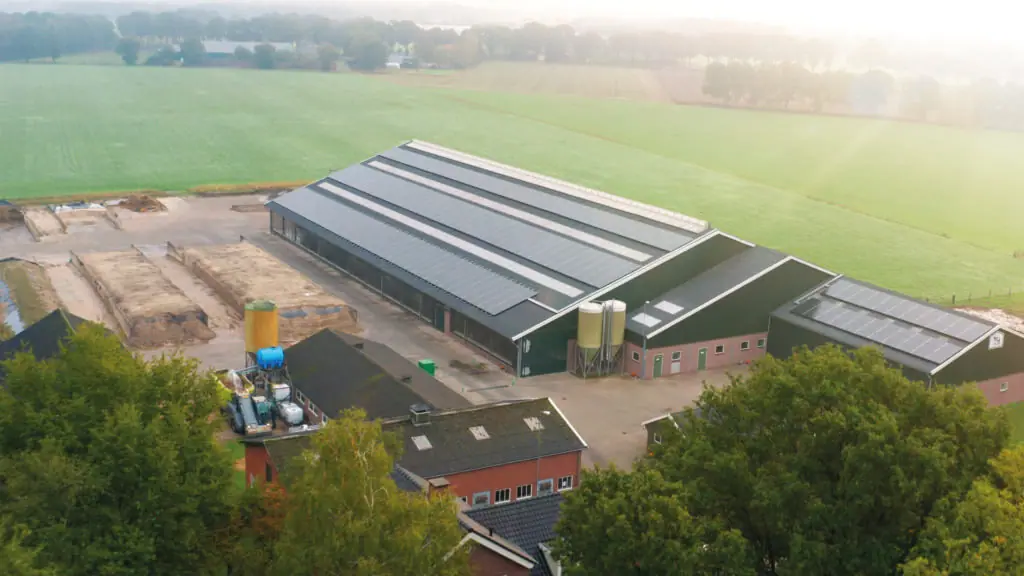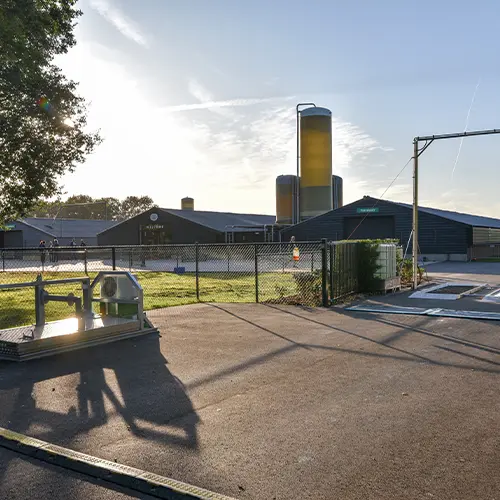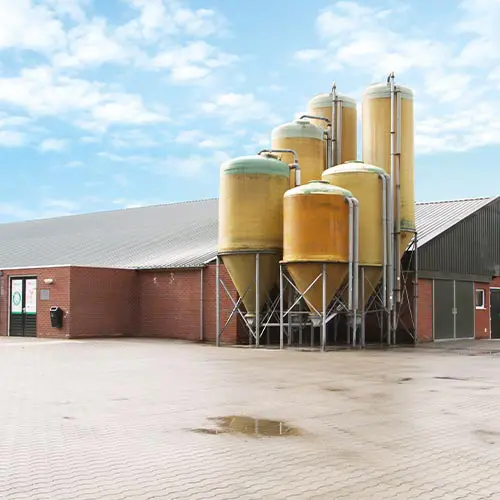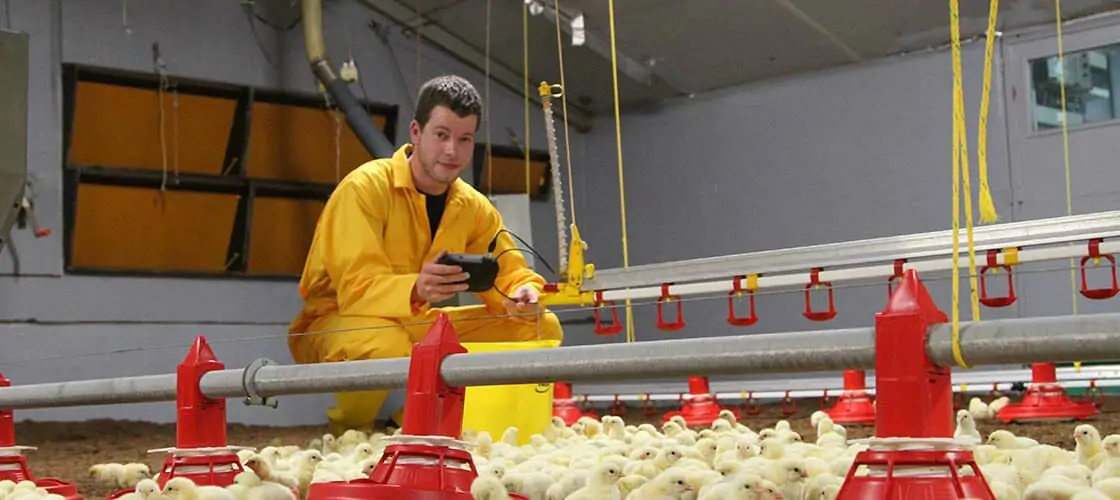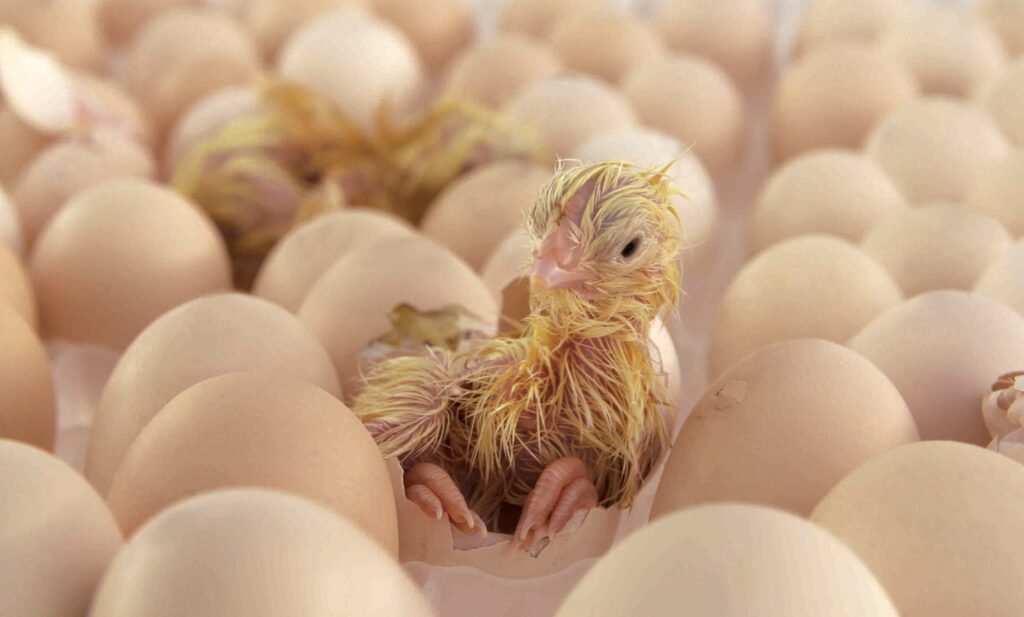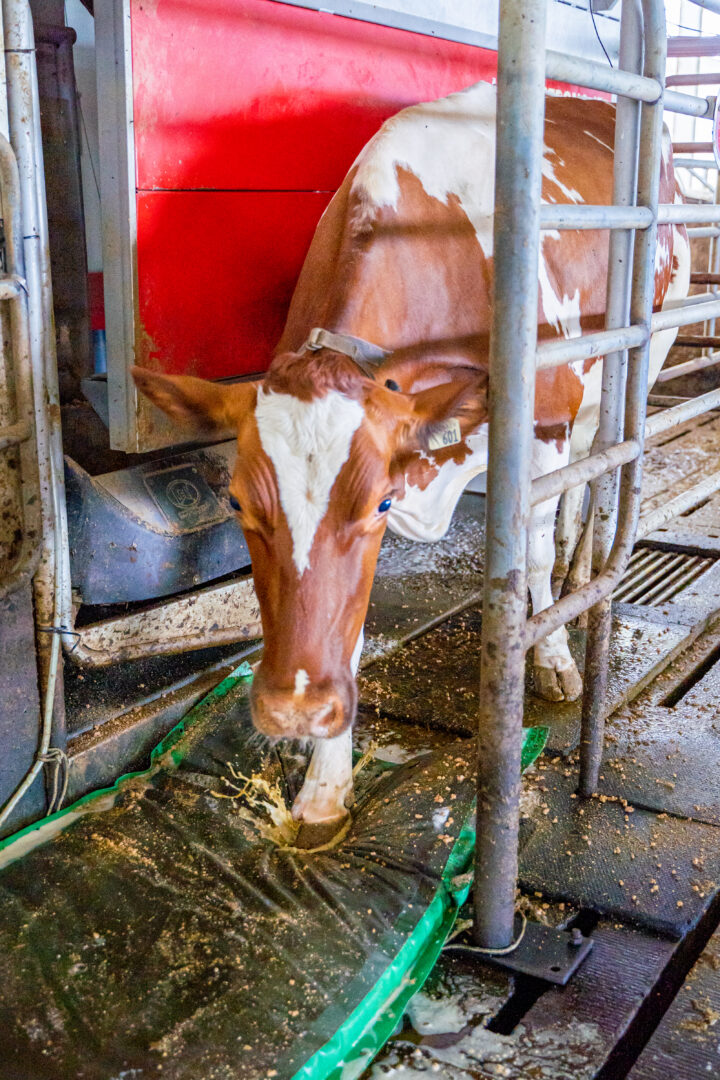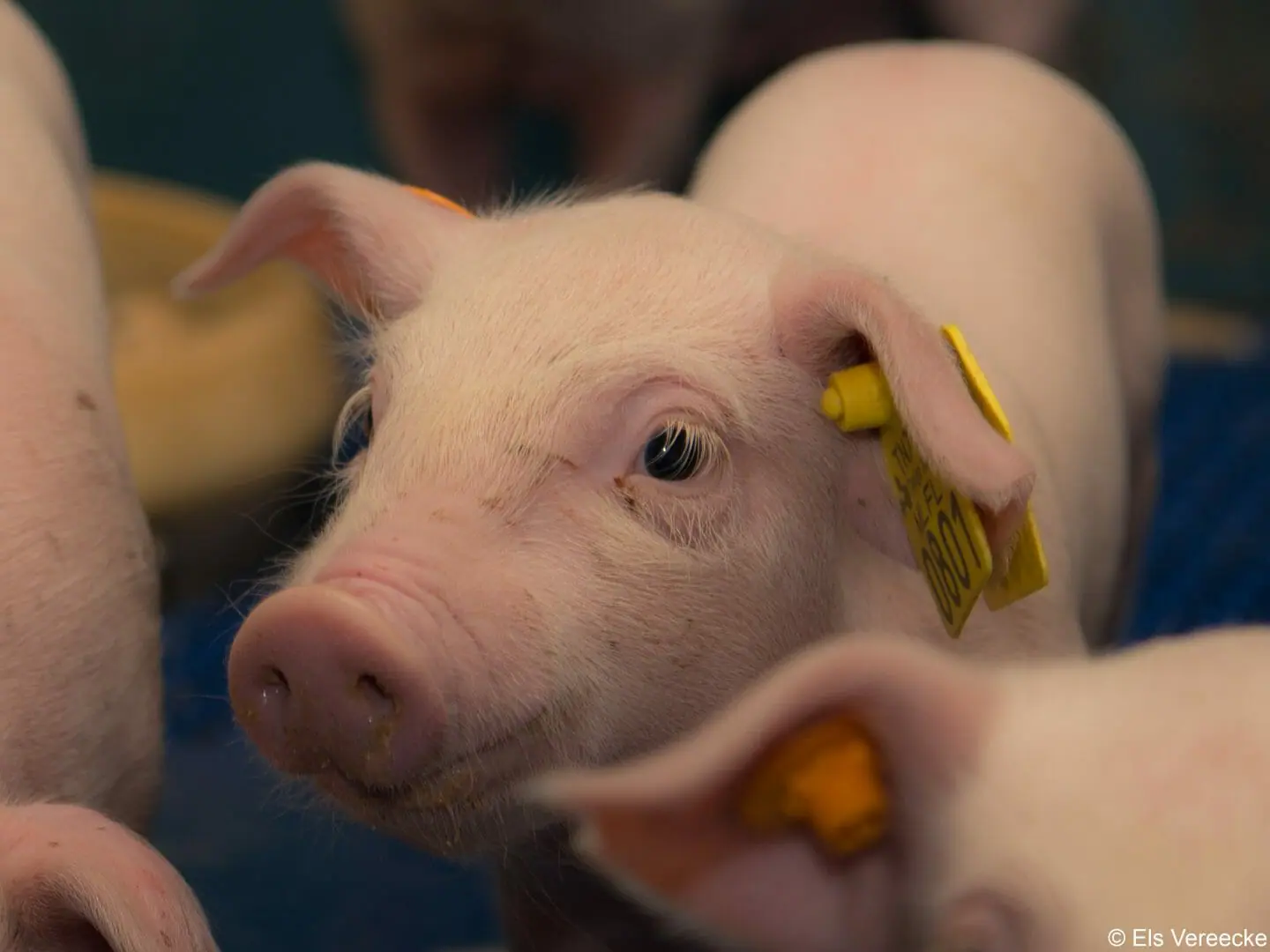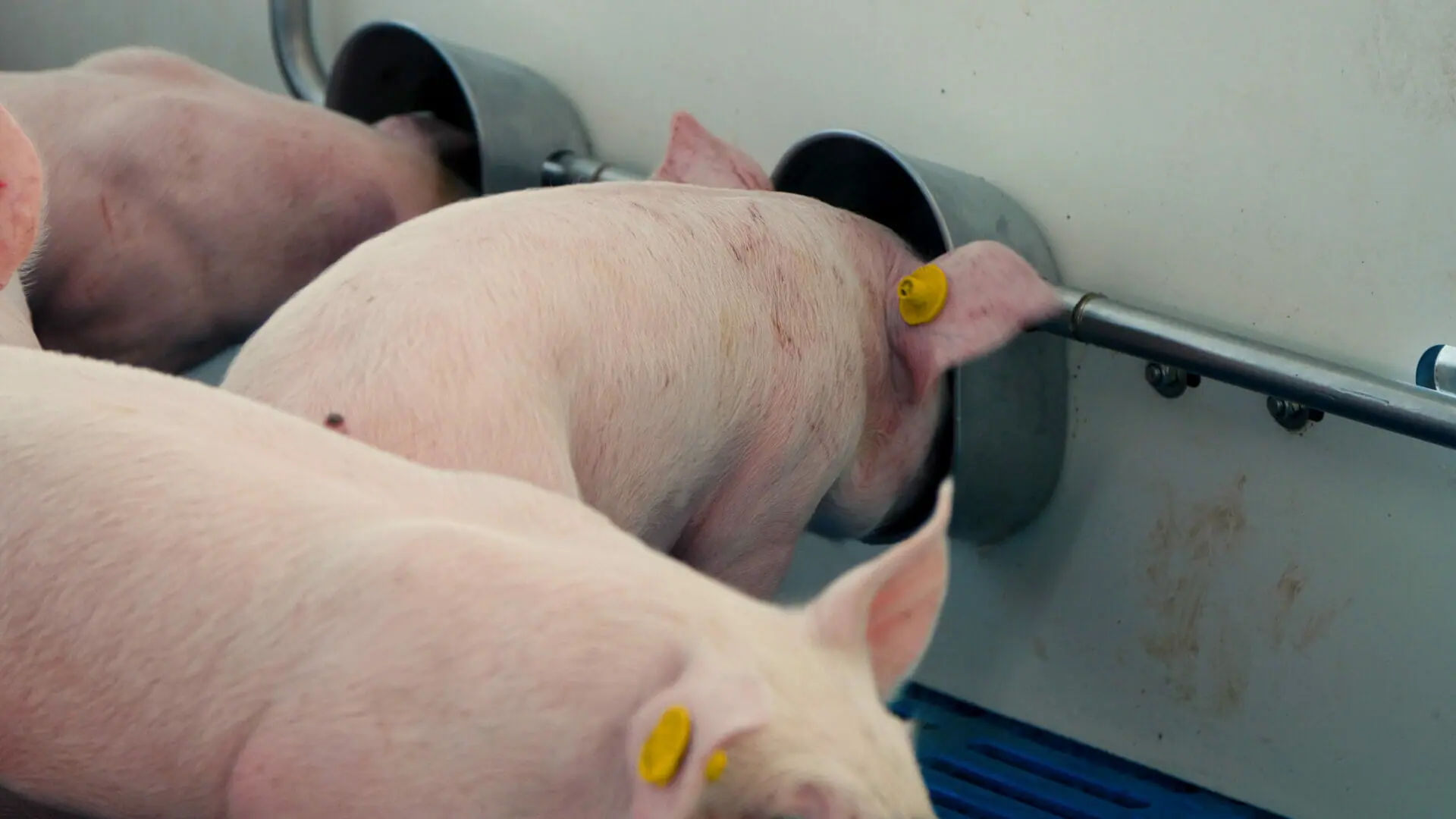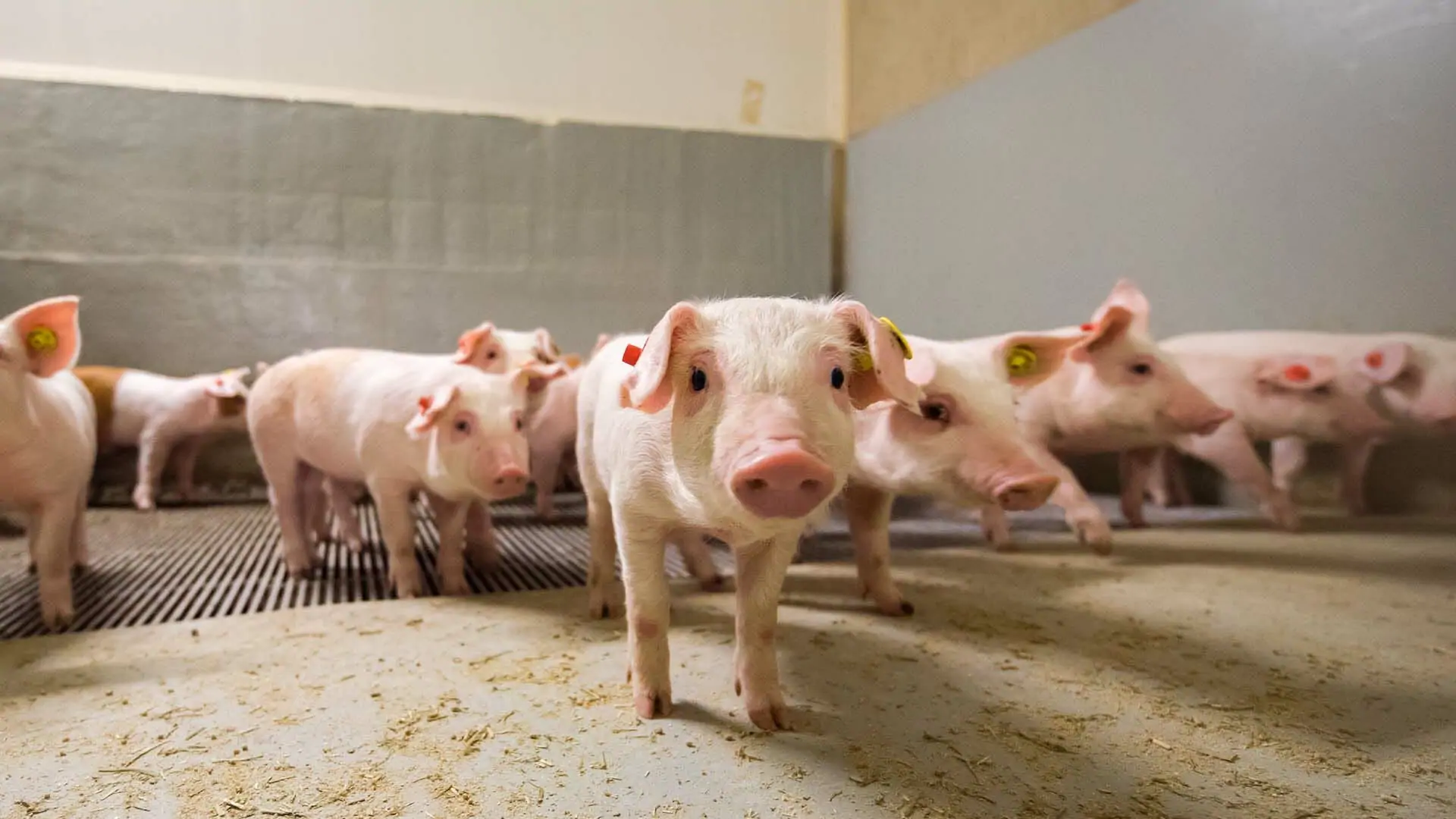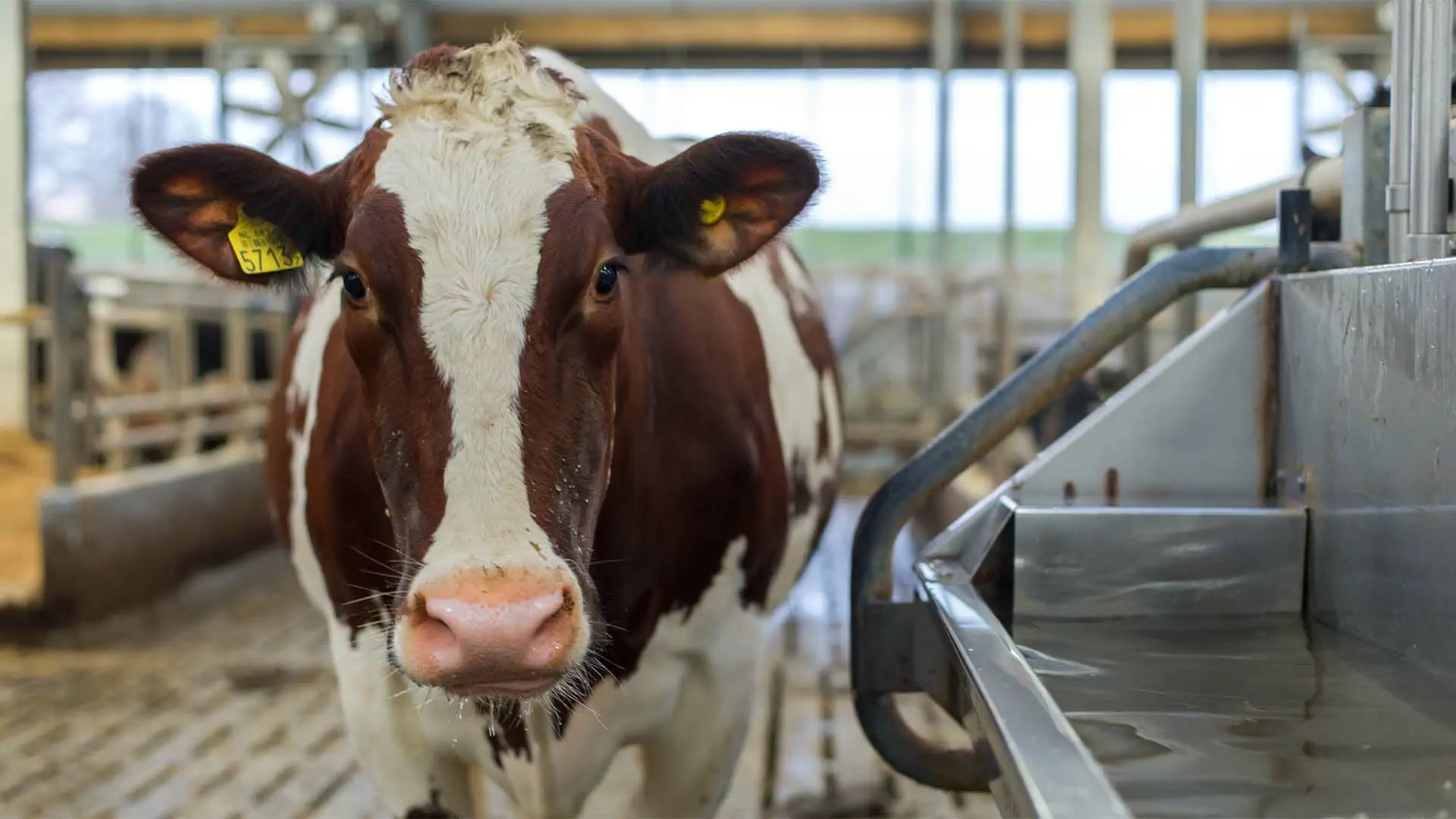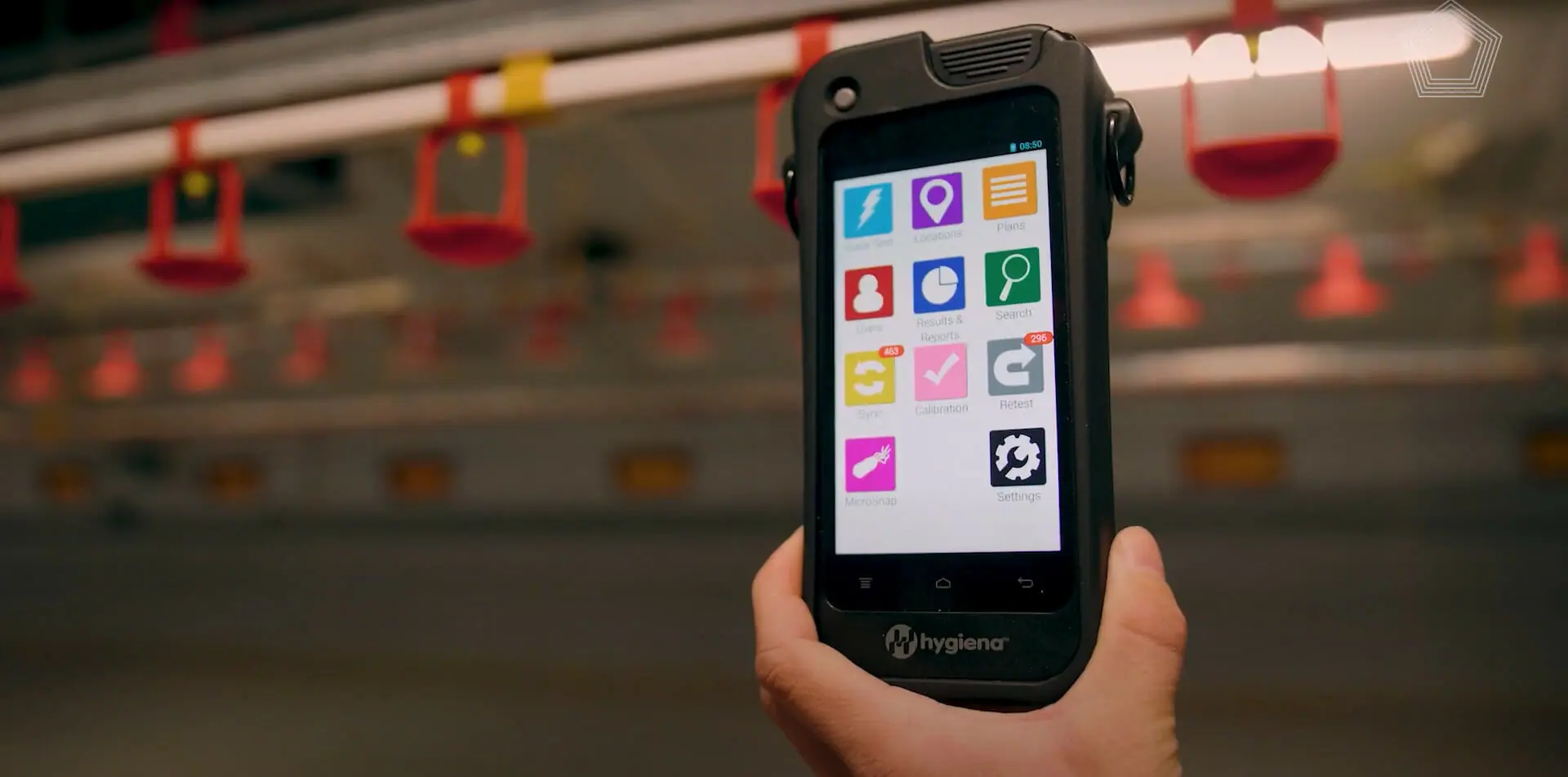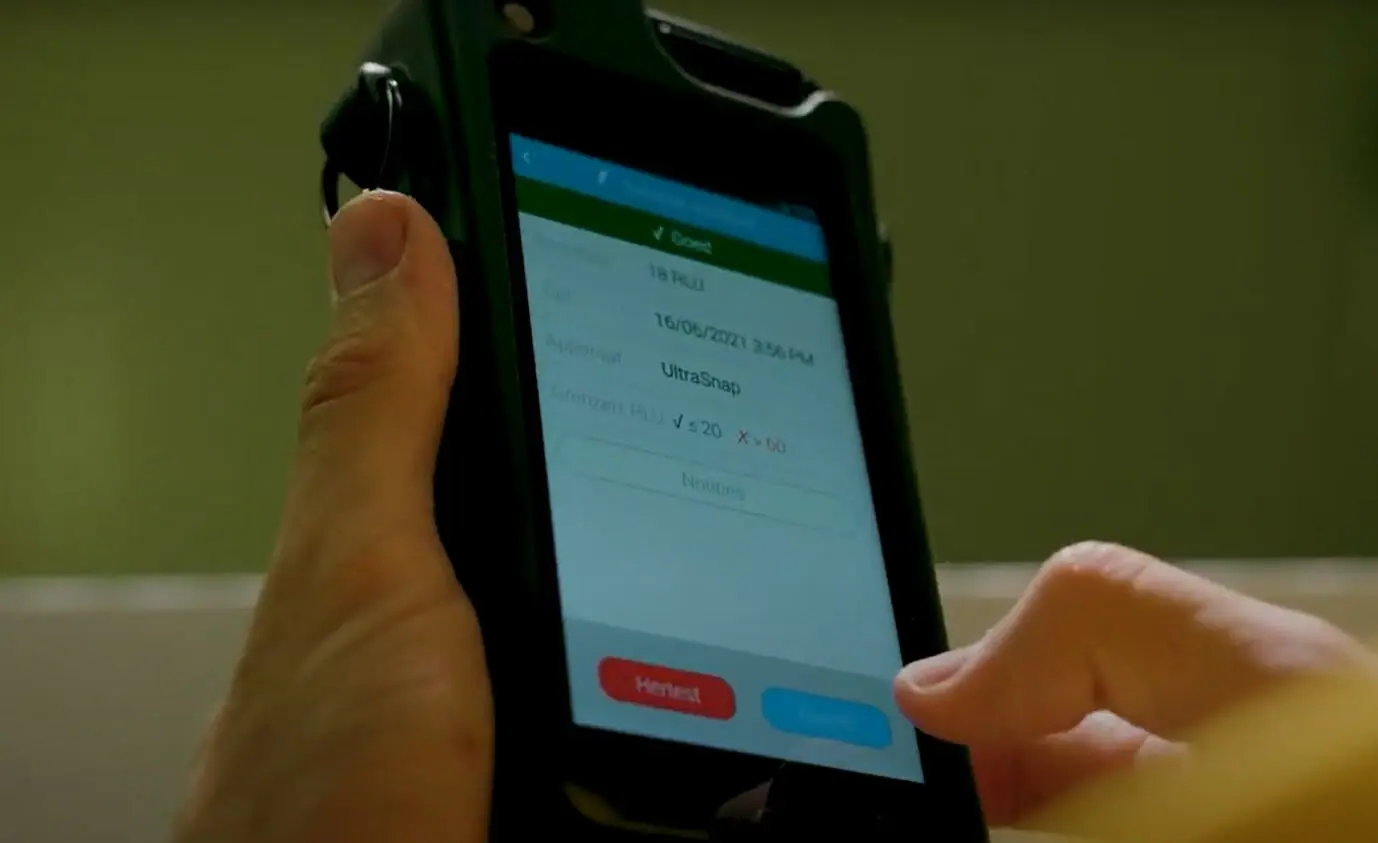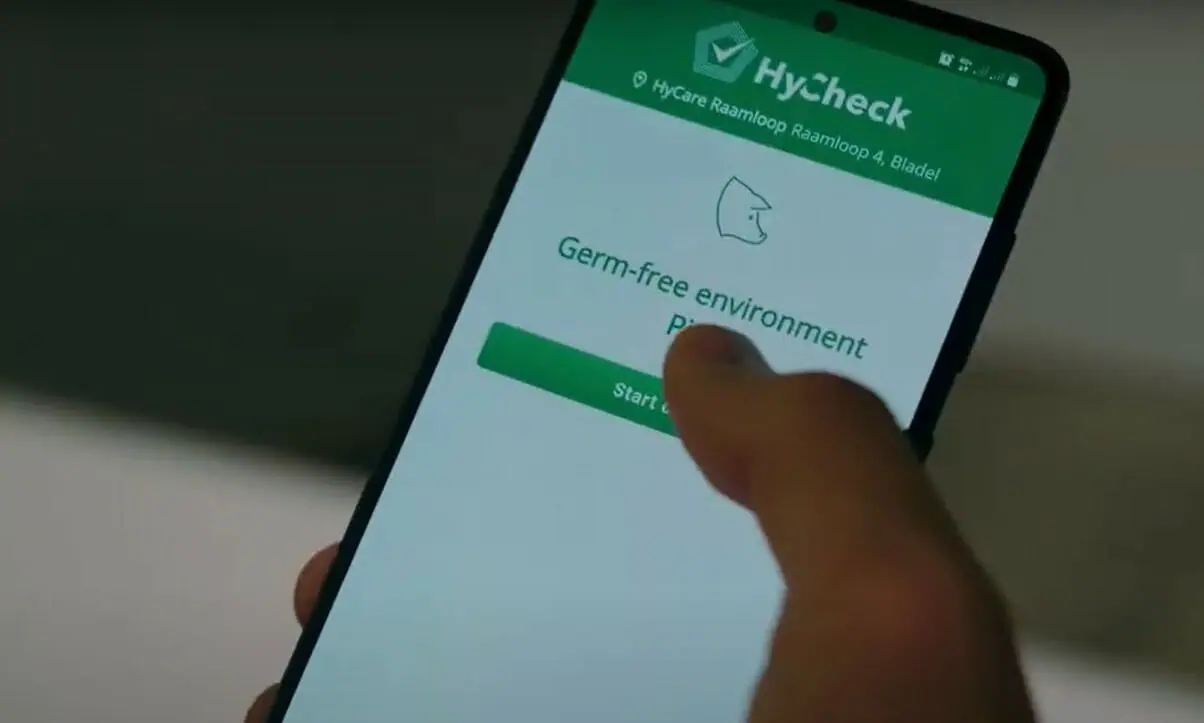Virus transmission
About the way in which rodents can introduce avian influenza into a stable, Rooijakkers says: “One key aspect is the contact rodents (or flies) have with droppings of infected water birds. Other important influences are the pathogenicity, incubation period and the poultry farm itself. One thing is sure: if there are no flies, mice and rats in your company, an avian influenza infection cannot be caused by these animals. Any infection agent, once it has entered your premises, has the capacity to propagate at astounding levels. If rodents leave infected urine or droppings at feeding sites, the influenza virus spreads like wildfire. This effect of rodents is often underestimated.”
Taking action
For Agro Pest Control and its director, proper rodent control starts with the design of the building, which must be hermetically sealed to prevent rodents from entering the premises. “We often observe situations where constructional precautions can be improved. In the absence of such improvements, rodents can cause millions of direct damage. We encounter these situations on a regular basis, and then I’m leaving fires out of the equation, which are also often caused by rodents chewing on cables. “But what to do when a rodent infestation does take place?” Joan Rooijakkers answers: “So, when you’re way too late? We deploy our experts to make an inventory of all buildings and hiding places. Using appropriate tools, we subdivide the facility into units and create a control plan which helps us to reduce the population to an acceptable level. This phase must be completed before we can start creating a prevention plan. How do we ensure these rodents don’t return? We begin with constructional measures and also focus on the outside terrain. We accomplish that by preventing rodents from re-entering the terrain, which is a year-round responsibility, not only during harvest, sunny days and when flies multiply.”
Warning
He continues to explain: “Rodent control is not a seasonal task, it turned into a year-round responsibility. Nowadays, we often regard our expertise as a matter of preventing and monitoring rodents. It’s our job to unburden poultry farmers.” Some interesting facts are that shrews, common voles and arvicolinae cause the least problems, as they prefer to live outdoors. The black rat on the other hand, causes the most problems. The brown rat is far less intelligent and is easier to catch. “Vermin that enters your stable from the outside world, is a major concern in terms of avian influenza. A single pair of rodents that carry the virus, can quickly infect broilers or other poultry by leaving droppings and poultry near the feed troughs. An exponential growth of their population then enables them to infect literally every feed trough in just a short amount of time. If sufficient viral load is introduced, the combination with the incubation time and the pathogenicity of the virus, can enable avian influenza to quickly deal a devastating blow to any poultry farm. Belgium experienced that, when the H3N1 avian influenza virus infected companies with laying hens, mother units and turkeys. They were fortunate to some degree, as this virus wasn’t the even more dangerous H5N1 virus, which can even infect people.”
New ways of pest control
“Pest control has often been somewhat neglected in the poultry farming industry”, says Rooijakkers while picturing a possibly grim picture for the future: “Anticoagulants currently are the only toxic agents (rodenticides) which poultry farmers can legally use within his facilities. Any usage in other settings is strictly regulated in many countries. Pest controllers require special certifications, as well as a requirement for demonstrable nuisance and a Risk Inventory & Evaluation (RI&E). However, these will be entirely prohibited in the Netherlands starting 2023, while other countries and regions are set to do the same”. But what’s the alternative? “I am confident that we will find new ways to control rodents in 2025, using baits, traps and pesticides that are still allowed”. Together with the R&D Department at MS Schippers, HyCare is already testing new types of traps and non-toxic agents to ensure that vermin control remains effective beyond this horizon.
‘Biological’ measures
The setting in which pest control takes place will change. In this context, the company terrain is the final layer in which rodents and flies may enter. There are plenty of new pest control measures for conventional poultry farmers that promise great results! Rodents can, for instance, be repelled by planting specific plants at the edges of the terrain, which have a specific scent or taste rodents strongly dislike. Installing poles that emit certain scents is another option. Owls can be important for reducing mice populations, which is a successful method used by organic farms. The owl population on its turn can be stimulated by planting pollard willows on your terrain or placing owl nest boxes. The same applies to swallows and bats that catch insects you want to keep away from your stable, as these animals can be facilitated too with bat boxes and sallow next boxes.
Surface water and avian influenza
In some countries it is still considered normal practice to use surface water to clean the stables. However, if this water is contaminated by droppings of infected water birds, great risks are involved. In other countries where it is standard to use water from own wells, this problem will not occur. By any standard, preventing rodents and flies from entering your poultry farm, will greatly reduce chances of introducing the feared avian influenza virus.
